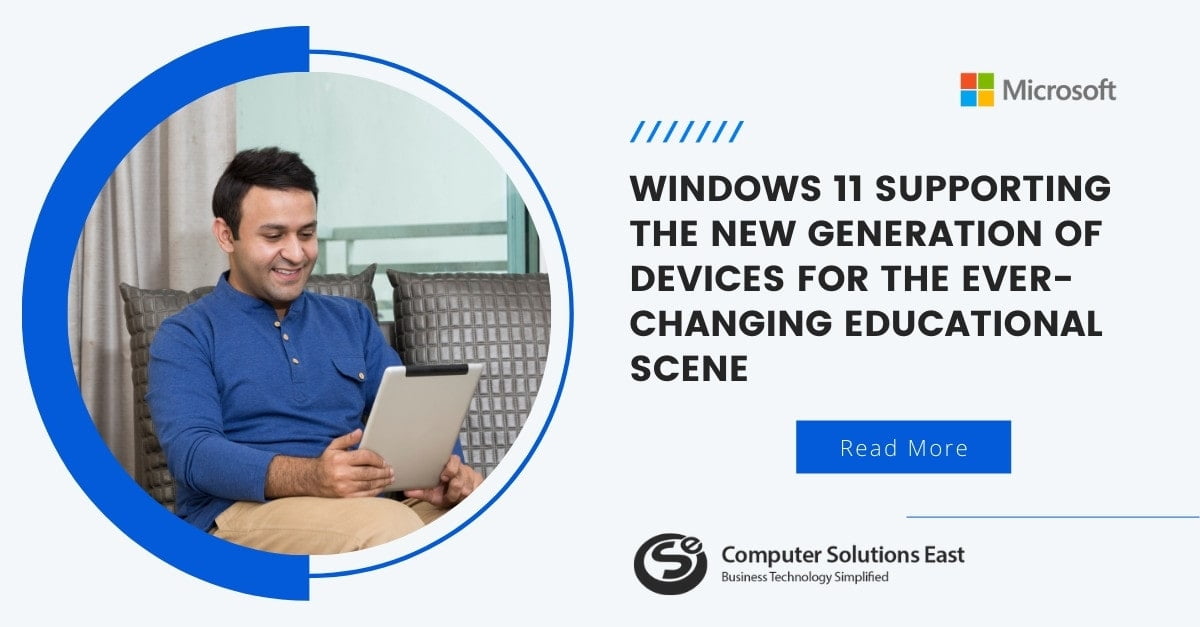How the Pandemic Has Redefined the Way Organization Implement BYOD Outside Its Secured Infrastructure
The rapid growth of remote work has reintroduced the term ‘bring your own device’ (BYOD). The workforce increasingly relies on various gadgets, including personal phones and computers, to do tasks from home or the office. This begs how businesses can acquire visibility into their whole technological environment while simultaneously managing the proliferation of gadgets.

While remote work is not new, it occurs on a far larger scale in the contemporary environment. With BYOD declining in 2018, it has risen again, and remote working has resulted in a significant increase in the strategy to bring your device solutions (BYOD). The BYOD in business is predicted to expand by 15.87 percent to $73.30 billion in 2021. In a recent webinar, we examined how personal device usage will continue to grow throughout 2020 and into 2021.
However, it is critical to remember that as more workers use their devices for professional purposes, firms have legal obligations to safeguard corporate, consumer, and sensitive data. Although it was necessary to act quickly in response to COVID-19, this would not constitute an exemption from security regulations. Therefore, it is critical to implement bring your device solutions if you want to encourage employees to bring their own devices to work.
Even once COVID-19 expires (whenever that may be), it seems evident that the expanded idea of remote working will persist.
Increased security risks
BYOD adoption implies that the user’s own devices will have less power and visibility than desired. Employees are often not careful, and if they have an excessive amount of access to data, they might cause havoc. While you can educate your employees extensively on defensive best practices, there is no guarantee that they will follow this advice or make dubious judgments for BYOD security when they are overburdened or busy.
Before COVID-19, new cybersecurity risks emerged daily, but fraudsters have already leveraged the crisis to conduct 667 percent more phishing attempts and are aggressively attempting to exploit security flaws. Additionally, please bring your device solutions highlighted that the weak point in an organization’s security chain is its people. Workers must be instructed on how to minimize security risks by identifying threat techniques and reporting probable threats.
Another potential security risk is the use of personal devices, such as mobile phones or laptops. If a private or public computer is lost or compromised by hackers, data may be at risk. Regardless of whether data is located on-site or at home, your company still has a legal obligation to maintain the privacy of your workers under GDPR.
How to protect BYOD Devices
In 2020, over 15% of employees will have accessed sensitive data using non-work devices. Many firms may be tempted to rush to policy formulation in response to the growing usage of BYOD in the workplace, but this strategy frequently results in friction. Before focusing on developing new policies, the organization’s priority should be to gain stakeholder and employee buy-in. Stakeholders will be critical to the policy development process, as they will bring various perspectives from across the company’s various divisions and interests.
Additionally, a clear policy for bringing your device solutions should be created that includes the available support for employees connecting to the company network, what software is downloaded on personal devices, and what assistance is provided for resolving conflicts between personal and business apps.
It is also critical to maintaining awareness of security measures and data protection procedures once the technology and procedures are in place. Also, good security measures will minimize your potential for bring your device solutions exposure and enable your plan to work correctly. In a BYOD protection strategy, numerous vital aspects must be addressed. A solution that incorporates most or all these features and is optimal.
Technology and procedures can tackle all these threats. Consider doing BYOD as an aspect of an effective BYOD strategy.
Numerous enterprises, including those with which CSE continues to partner, have considered adding device management systems in addition to our secure communications solution for a sizable portion of their workforce. However, for many of the more prominent companies we work with, security was a top priority. They need a safe and scalable platform to deliver to their senior staff to ensure complete anonymity for the messages and calls they were conducting. Due to our solution’s geographic independence, several of our clients were able to deploy bring your device solutions remotely on smartphones around the globe, on a variety of worldwide networks, in a matter of minutes.
The Rise of BYOD & The Future
While it is unknown how long companies will continue to operate from home, COVID-19 has established a precedent for remote operation. Remote work and BYOD are likely to endure beyond the COVID-19 epidemic, owing to their success for enterprises worldwide.
Mobile devices are critical for corporate success, and firms must discover ways to maximize the value of their mobile initiatives. While requiring employees to have their mobile phones initially saves money, other costs accumulate over time irrespective of the device distribution approach. Providing mobile phones to any or all workers adds value in various ways. Assess which employee groups will benefit the most from employer-provided devices and what resources and workflows will be required to facilitate communication with BYOD employees.
With this growth rate, it’s unsurprising that bringing your device solutions market is predicted to reach about $367 billion by 2022, up from $30 billion in 2014. Thus, time spent ensuring that personnel working from home are safe and secure is a wise investment, as up to 56% of employees use their own devices for remote work.
What is our forecast? Bring Your Device is here to stay. To be secure in 2021 and beyond, firms must employ tools that integrate with their BYOD and mobile policies. The relevance of location-independent services continues to expand, which coincides with the proliferation of BYOD rules.
If you’re interested in learning more about how CSE can complement your existing BYOD strategy and safeguard your confidential mobile conversations.


